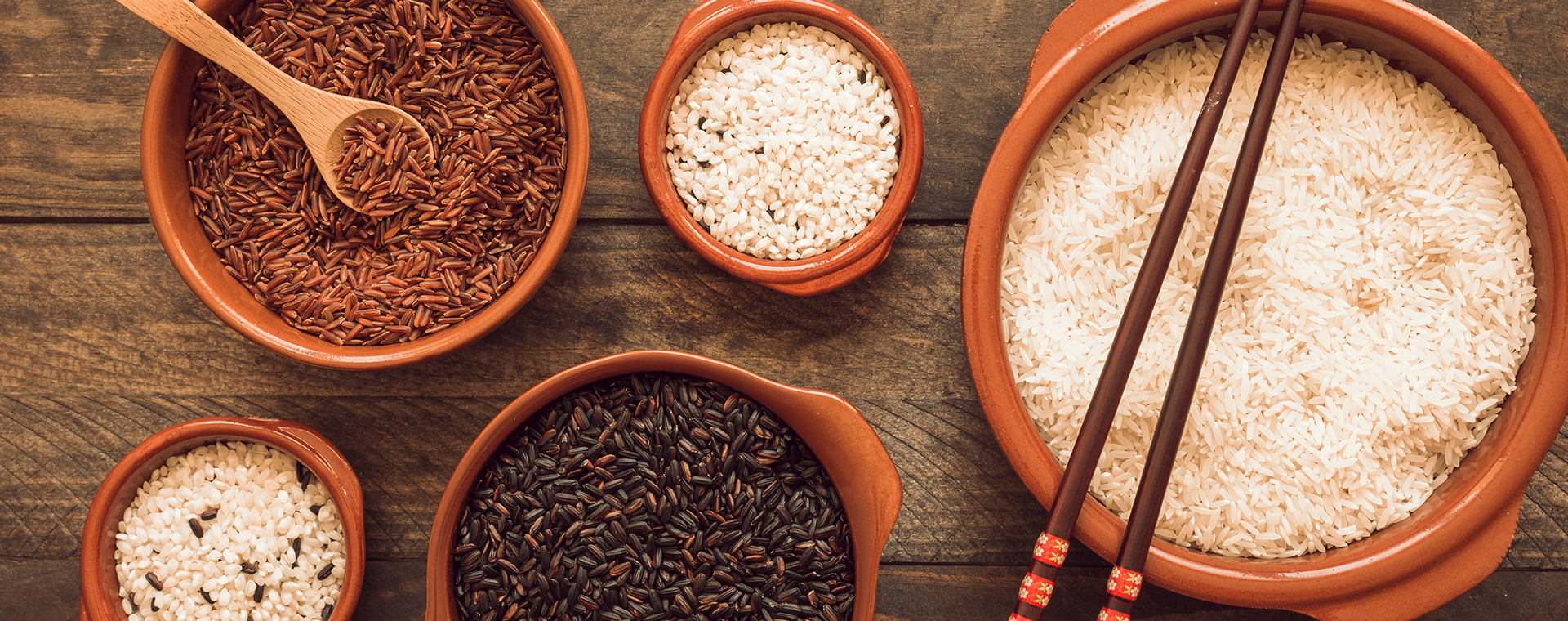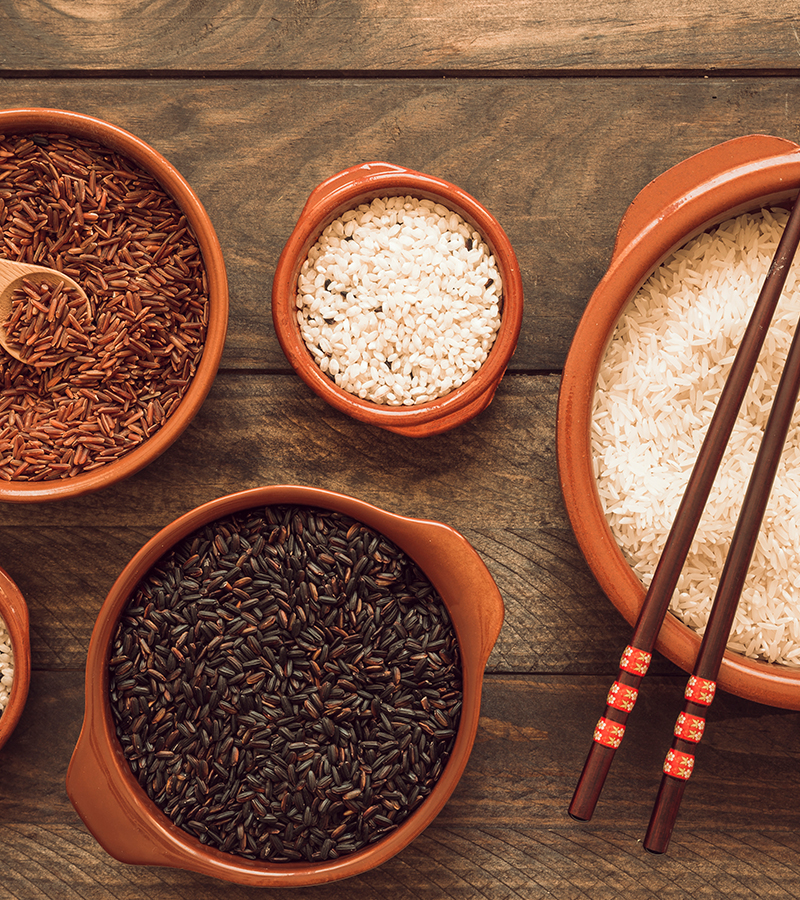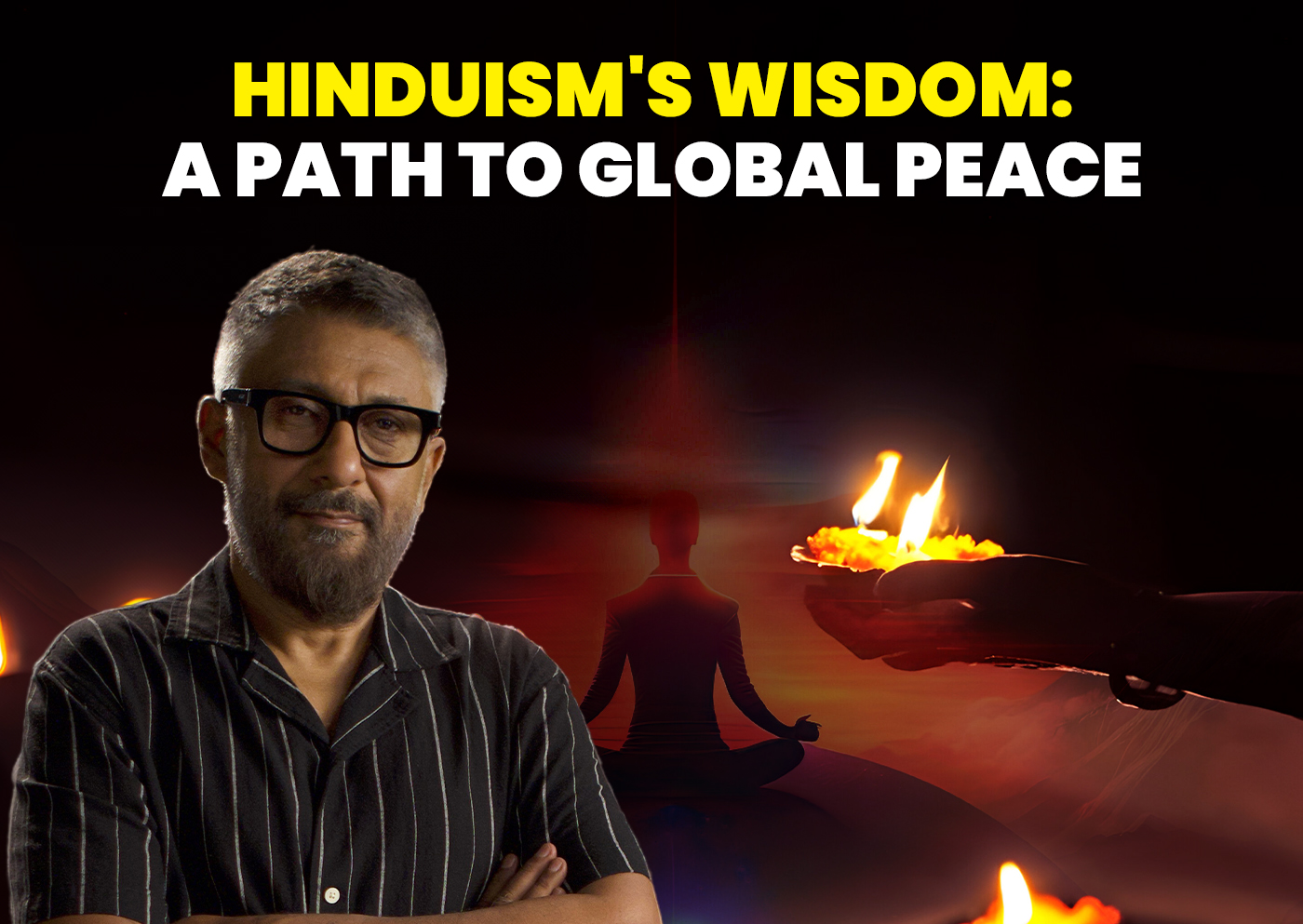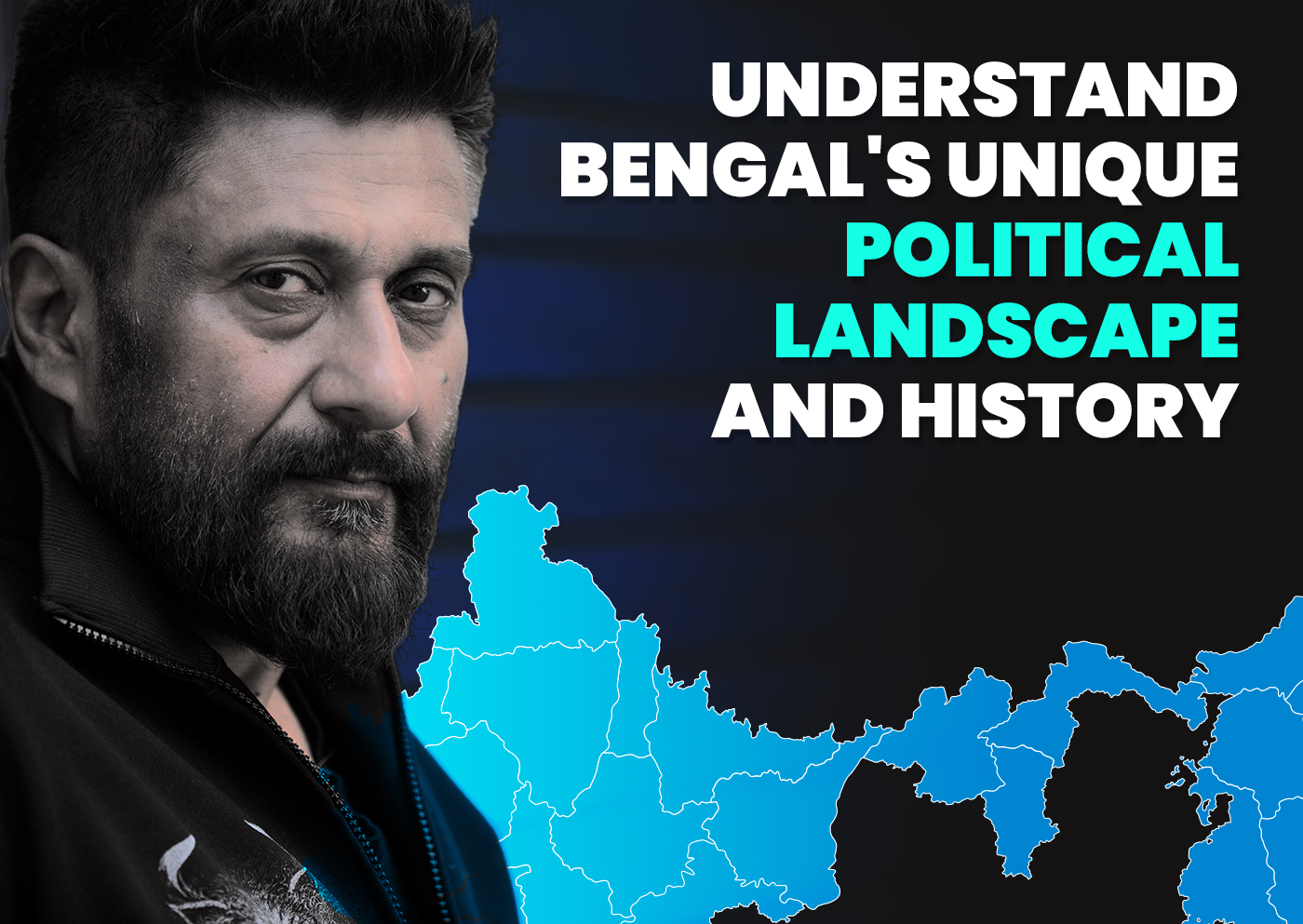

From Ancient Grains To Gourmet Meals: Tracing The Evolution Of The Way We Eat
A flavorful journey from cave fires to gourmet kitchens.
Food is more than just sustenance. It’s deeply woven into the story of humankind. The meals we prepare, the ingredients we use, and how we consume food are all part of a rich, edible history.
From the dawn of farming to today’s global kitchen, how we cook and eat has been transformed. Early agriculture laid the first stone, allowing communities to grow and mix, leading to culinary creativity. This wasn’t just about survival anymore; it became an art, painting flavours across cultures. Ingredients travelled the world, blending traditions and sparking innovations. This story isn’t just about food’s journey through time; it’s about how cooking evolved from basic necessity to a rich tapestry of taste and artistry, influenced by geography, culture, and economics. Food is more than just a meal; it reflects humanity’s endless inventiveness and pursuit of deliciousness.
Today’s well-stocked supermarkets with global offerings make it easy to forget how relatively recent many common foods are. Prepare for a culinary expedition that promises to change your thoughts about food.
Ancient Civilizations
Food cultures flourished in the civilizations of the Mayans and ancient Egypt, Greece, Rome, China, and India. The food culture of each civilization embodies the intricate tapestry of traditions, practices, and beliefs that define how communities grow, prepare, and share food, creating a shared identity and bonding experiences. It reflects a society’s history, geography, and soul, telling stories of survival, celebration, and innovation through every bite.
Dating back to the Indus Valley civilization around 2500 BC, Indian cuisine showcased a remarkable diversity across regions, each adopting unique staples and culinary techniques. Ingredients such as rice, pulses, and spices like ginger, garlic, and turmeric were widely used. The diversity extended to preparing vegetables, dairy, chicken, and fish, incorporating methods that have stood the test of time. The cuisine’s key features included aromatic spices to enhance flavours, techniques for fermenting dough for flatbreads, and methods for preserving food through pickling, all contributing to the rich history of Indian culinary traditions.
Popular foods from this era: porridge, gruel, lentil soups, lots of fruit and vegetables along with fish, meat and dairy.
Middle Ages
The Middle Ages was a period in Europe from the 5th to 15th centuries. Food and cuisine during this time reflected the turbulent changes happening in society.
The onset of the Middle Ages, commonly known as the Dark Ages, marked a tumultuous period following the collapse of the Roman Empire. This era saw a significant decline in population and the disruption of established trade routes, drastically affecting food availability and variety across Europe. Initially, the scarcity of food sources led to a limited and monotonous diet for many.
However, as the Middle Ages unfolded, agriculture was gradually revived. Innovations in farming techniques and adopting the three-field system improved crop yields and diversified diets. The introduction of heavy ploughs allowed for more efficient tilling of the dense European soil, facilitating the cultivation of a wider array of crops.
Moreover, the Crusades, a series of religious wars, played an unexpected role in culinary evolution. Crusaders returning from the East brought with them new foods like rice, lemons, and eggplants. Once foreign and exotic, these ingredients slowly integrated into European cuisine, enriching the culinary landscape.
During the medieval era, the stark contrast between the diets of the lower and upper classes underscored the societal divisions of the time. Extremes characterised the food culture of the era—while the ruling class indulged in opulent feasts, the peasantry faced the harsh realities of scarcity and famine.
Artwork from the period offers a window into the disparity in food consumption. Lavish banquet scenes depicted in paintings celebrate the abundance enjoyed by the elite, showcasing tables laden with elaborate dishes and sumptuous spreads. These artistic representations contrast sharply with historical accounts and studies indicating widespread famine across Europe, highlighting the vast gap between the experiences of the ruling class and those of the peasants who were relegated to consuming bread, lentils, and porridge.
Popular food from this era: Pottage, a kind of potato stew, meat pies, and sops, which were small pieces of bread used.
Industrial Revolution
The Industrial Revolution dramatically transformed food production and consumption patterns from the 18th to the 19th century. During this period, technological advancements, such as improved transportation and the introduction of refrigeration techniques, began to influence food availability. However, the era was also characterised by urbanisation, leading to population shifts from rural farming areas to urban centres where factory work was common. This urban shift resulted in changes in diet, with many relying on simple, affordable, and accessible food options. Bread, for example, became a dietary staple for factory workers.
Popular dishes from this era: Cornish pasties, fish and chips, meat pies, and samosas.
20th Century: Fast Food, TV Dinners and Microwaves
The 20th century changed how food was produced and consumed worldwide. With growing urbanisation and busier lifestyles, demand arose for quick, convenient options.
Fast food chains like McDonald’s sprang up, offering customers burgers, fries, and milkshakes in a flash. Drive-thrus and takeout further added to the on-the-go dining experience. Iconic TV dinners provided an effortless hot meal you could enjoy right at home.
Advances in food technology also impacted 20th-century cuisine. The microwave oven was invented, allowing rapid heating and new preparation methods. Food science discovered new synthetic flavours, colours and preservatives that could enhance shelf life and taste. Highly processed foods became common, engineered for convenience, affordability, and mass production.
While beneficial, these shifts contributed to less healthy diets reliant on added sugars, saturated fats, and sodium. However, later movements would emerge promoting fresh, organic, and locally sourced ingredients. The 20th century dramatically reshaped our relationship with food.
Iconic food items: Hamburgers, fried chicken, pizza, frozen heat-and-eat mac ‘n cheese
Today’s Food Culture
In the 21st century, food culture has evolved in many ways while still holding on to traditions. People are more conscious about what they eat and where it comes from. The organic, local food movement has steadily grown over the past few decades. Farmers markets, food co-ops, and organic specialty stores have popped up across the globe. Consumers want to know how their food was grown, who grew it, and what’s in it. Buzzwords like “organic,” “non-GMO,” “sustainable,” and “fair trade” are essential to today’s food consumers.
The rise of celebrity chefs and food-focused television has glamourised cooking and created a new “foodie” culture. Social media allows people to share photos of their meals and gives anyone an outlet to become a food influencer. In many ways, food has become a form of entertainment.
Today’s famous dishes: Plant-based meats, specialty coffees, organic and farm-to-table food, along with regional cuisines
Vivek Ranjan Agnihotri’s Food Ethos
Food is deeply rooted in culture and society. For acclaimed Indian filmmaker Vivek Ranjan Agnihotri, food is more than just sustenance — it’s a vital thread connecting people across communities, geographies, and time periods.
Vivek believes that our choices around food — what we eat, how we prepare it, and who we share it with — all have profound implications. Food literally and figuratively “feeds” cultural identity. Regional cuisines showcase the incredible diversity within India itself.
At the same time, many ingredients and dishes reveal shared heritages spanning continents and millennia. Vivek sees food as a potent reminder that beneath surface differences, all human beings ultimately yearn for similar basic needs and joys.
While technological progress has made more food widely available, it has disrupted many communities’ traditional food practices. Vivek feels a responsibility to honour indigenous food traditions and share their importance. His films and other creative projects aim to highlight how cuisines interconnect people across space and time.
Vivek also believes that conscious eating habits are crucial for health and sustainability in today’s modern world. He advises balancing traditional techniques and ethics with the nutrition information now available. By celebrating food’s role in human cultures worldwide, Vivek hopes to promote greater understanding and community.
The Final Plate-Up
For thousands of years, food has shaped human culture, uniting us through celebrations and dividing us through taboos. It’s fascinating to look back and see how diets and culinary practices have evolved over the ages. From ancient hunters and gatherers to today’s experimental chefs, our relationship with food continues to transform. Yet some things stay constant — the joy of sharing a meal, the comfort of favourite flavours, the creativity of skilled cooks.
Food brings out our shared humanity. As the famous chef Anthony Bourdain put it:
“Food is everything we are. It’s an extension of nationalist feeling, ethnic feeling, your personal history, your province, your region, your tribe, your grandma. It’s inseparable from those from the get-go. May we continue breaking bread and building bonds across all the lines that divide us. There’s room at the table for everyone.”






